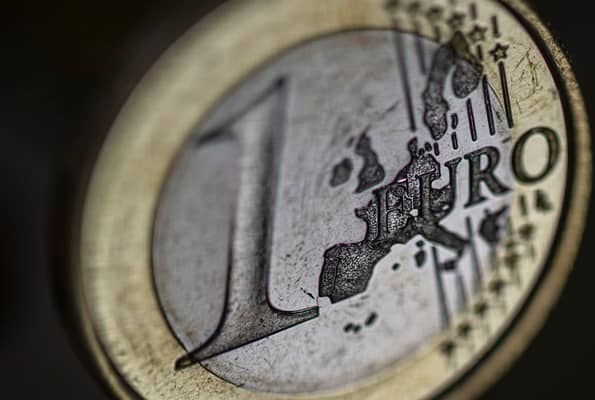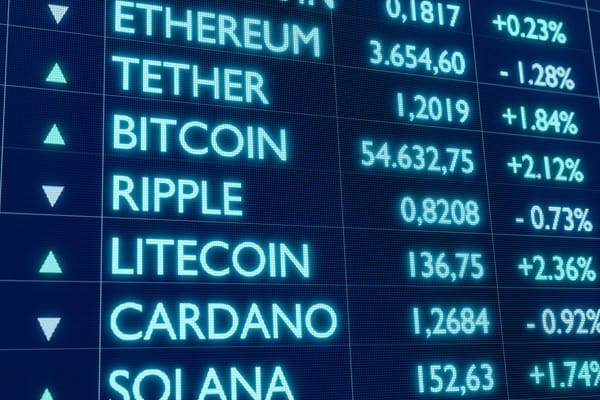Bussiness
Euro continues gains despite unsustainable drop in German consumer pessimism – London Business News | Londonlovesbusiness.com

The Euro is back to gaining against the US Dollar today, rising 0.18%, after the pair corrected yesterday after touching its highest levels in more than a year.
The Euro got some support today from an unexpected drop in German consumer pessimism as reported by the GfK survey.
The gains also come with more hope that the Federal Reserve will cut interest rates by half a percentage point for a second time at its November meeting.
In today’s data, the headline reading of the GfK Consumer Climate Index for Germany missed expectations in September when it unexpectedly rose from -21.9 to -21.2. However, this decline in consumer pessimism may be questionable regarding its sustainability, especially with the flood of negative sentiment surrounding businesses and investors as confirmed by various recent surveys.
Rolf Bürkl, a consumer expert at the Nuremberg Institute for Market Decisions, believes that this slight increase cannot be interpreted as a substantial recovery, as consumer sentiment is too unstable. He also sees this month’s reading as a stabilization at very low levels.
While what drove this recovery in consumer sentiment was improved income expectations and the willingness to buy, in contrast to the increased willingness to save. Consumer pessimism comes with the negativity caused by wars, crises, inflation and a declining labor market.
Therefore, I do not think that today’s survey will help dispel concerns about the health of the German economy or even the possibility of it falling into recession.
Despite all this, the euro managed to record its highest level against the dollar since July of last year. This came with further support for the possibility of a 50-basis point Fed rate cut at the November meeting, with the probability of this scenario now at 62%, up from 38% a week ago, according to the CME FedWatch Tool.








